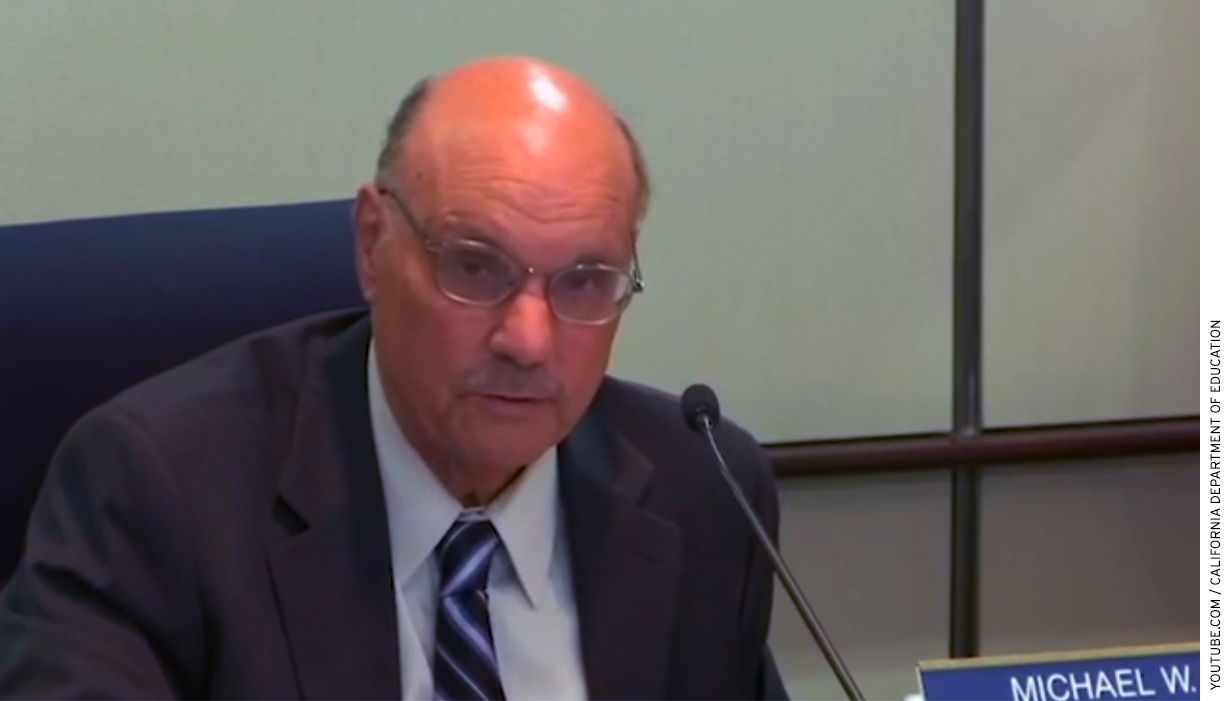
Checker Finn’s reflections on his four-year “sentence” on the Maryland state board of education may well capture frustrations shared by many of those who are called into this form of public service, but my own experiences in California suggest that these frustrations are not inevitable.
I served for 15 years on the California state board of education, most of it as board president. My first and fourth terms were separated by 40 years; Governor Jerry Brown appointed me from 1975-82 and again from 2011-2019. My first two terms were pretty similar to what Finn describes. The elected state superintendent, Wilson Riles, was far more influential than the board, and the governor’s attention tended to be on other issues than K-12 education. The coalition of education interest groups was a formidable force.
But my recent two terms starting in 2011 were a wholly different experience. Governor Brown was immersed in education reform while he was mayor of Oakland. He had tried to take over the Oakland schools and failed, and then started two charter schools. He returned to state office eager to make change.
Brown decided to use the state board of education as his instrument of change. He abolished the ineffectual Office of the Secretary of Education and put the state board in his own office. The executive director of the state board was also the special assistant to the governor for education. I had advised Brown on education since 1974 and was able to work closely with him and the California Department of Education. We hired 11 professional policy analysts for the board, and forged close relations with the influential Department of Finance within the Governor’s office.
California’s approach was systemic standards-based reform using a full array of aligned policies for almost all components of state education policy. We focused on improving classroom instruction with an awareness that better teaching proceeds from inside the schools out. It helped that we had a rapidly rising tide of revenue from state economic growth and a statewide referendum for a tax increase. There were large Democratic party majorities in both houses of the legislature working closely with Governor Brown and state board staff.
A crucial decision was to avoid state policy overload upon local districts by not adopting all the changes promoted by the Obama administration. Unlike in most states, the California state board, not the state education department, is the federally designated state education agency to make decisions concerning federal aid implementation. Some of the Obama administration’s initiatives did not fit with our systemic, aligned approach and others pushed implementation too fast. The California way involves patience, persistence, humility, and continuous improvement. California never received Race to the Top funds or a state waiver. Governor Brown supported quality charter schools and they grew rapidly.
The state legislature realized that California’s complex, interlocking reforms required a lot of delegation to the state board to write regulations and guidance. I limited the ceremonial parts of our board agenda to focus on detailed implementation issues. Legislators came to testify at our meetings to recommend specific regulations.
The policy accomplishments that resulted from our board’s work are documented in great detail in The California Way: The Golden State’s Quest to Build an Equitable and Excellent Education System. It now appears that California will be following the same policy approach for 16 years because Governor Newsom and new State Board President Linda Darling-Hammond have clearly signaled that they want to build upon the current foundation.
Michael W. Kirst is Professor Emeritus of Education and Business Administration at Stanford University.


